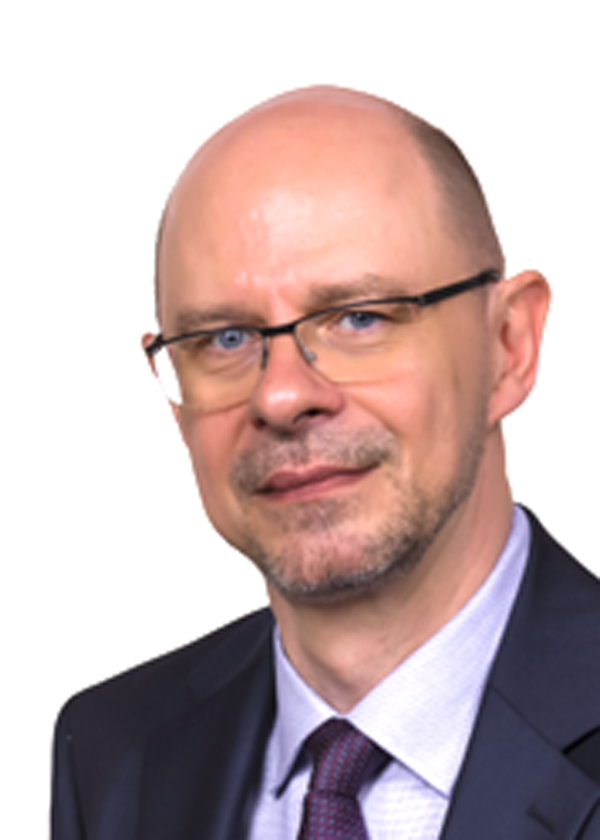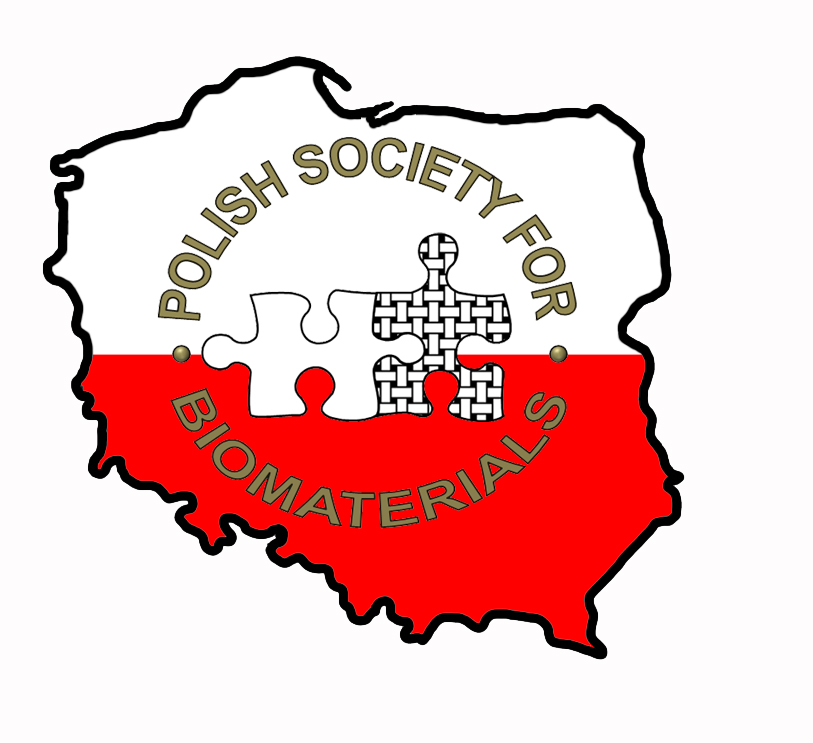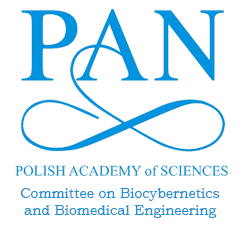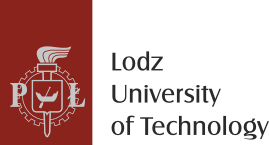Sławomir Hausman
 Sławomir Hausman received his M.Sc. degree in electronics in 1982 from Lodz University of Technology (Poland), PhD degree from the University of Strathclyde, Glasgow, the UK in 1990, and DSc degree from Lodz University of Technology in 2009, where he is currently employed as a university professor.
Sławomir Hausman received his M.Sc. degree in electronics in 1982 from Lodz University of Technology (Poland), PhD degree from the University of Strathclyde, Glasgow, the UK in 1990, and DSc degree from Lodz University of Technology in 2009, where he is currently employed as a university professor. His research focuses on radio propagation modelling, assessment of human exposure to electromagnetic fields, wireless body area networks, radar, optimization of radio communication systems, metamaterials, and digital signal processing.
Abstract: Fifth-generation (5G) systems are expected to be a rapidly growing mobile network technology in the coming years. It is inevitable that the network of base stations will become denser to meet expectations in terms of quality of service. Simultaneously, there are public concerns about the new frequency ranges and the total level of electromagnetic field radiation from all sources combined. Also, work is already underway on 6G systems that will differ from current systems in terms of the frequency ranges used (including sub-Terahertz) and the rapidly varying radiation characteristics of mMIMO antennas. The use of sub-terahertz bands and their challenging propagation properties will imply the need for Intelligent Reflecting Surfaces (IRS). This will significantly change propagation scenarios and affect human exposure analysis. I will present some of the technical considerations in 5G and 6G systems that may affect the assessment of exposure to electromagnetic field radiation.






